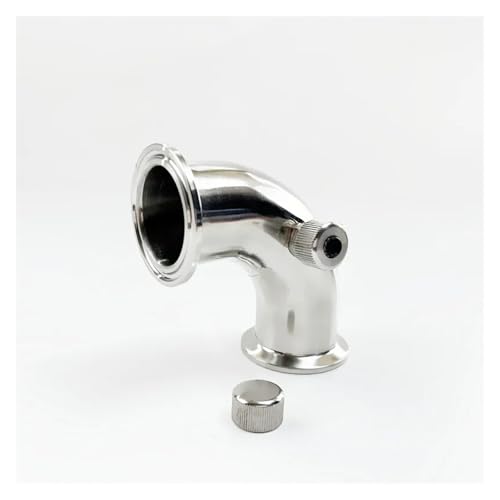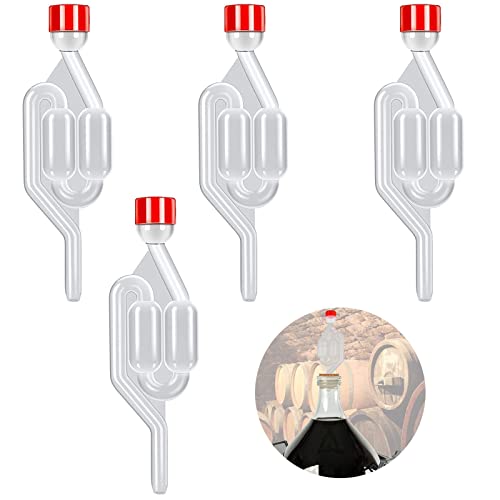GuitarJImB
Well-Known Member
Followed GW's book on how to make a starter. Used liquid malt extract from Holland & Barrett with rehydrated Nottingham yeast.
Never done it before so would welcome some wisdom here!
After 18 hours (and a good shake about an hour ago) it looks like this...

Doesn't seem to be doing anything. Temp is 21C.
Does this look OK or has it failed?
Never done it before so would welcome some wisdom here!
After 18 hours (and a good shake about an hour ago) it looks like this...

Doesn't seem to be doing anything. Temp is 21C.
Does this look OK or has it failed?






![BREWING THERMOMETER STICKERS ACCURATELY MONITOR FERMENTING BEER & WINE LIQUID TEMPERATURES 5PCS HOME BREW SPIRITS WINE LCD ADHESIVE [US]](https://m.media-amazon.com/images/I/311DDjo2X3L._SL500_.jpg)

































